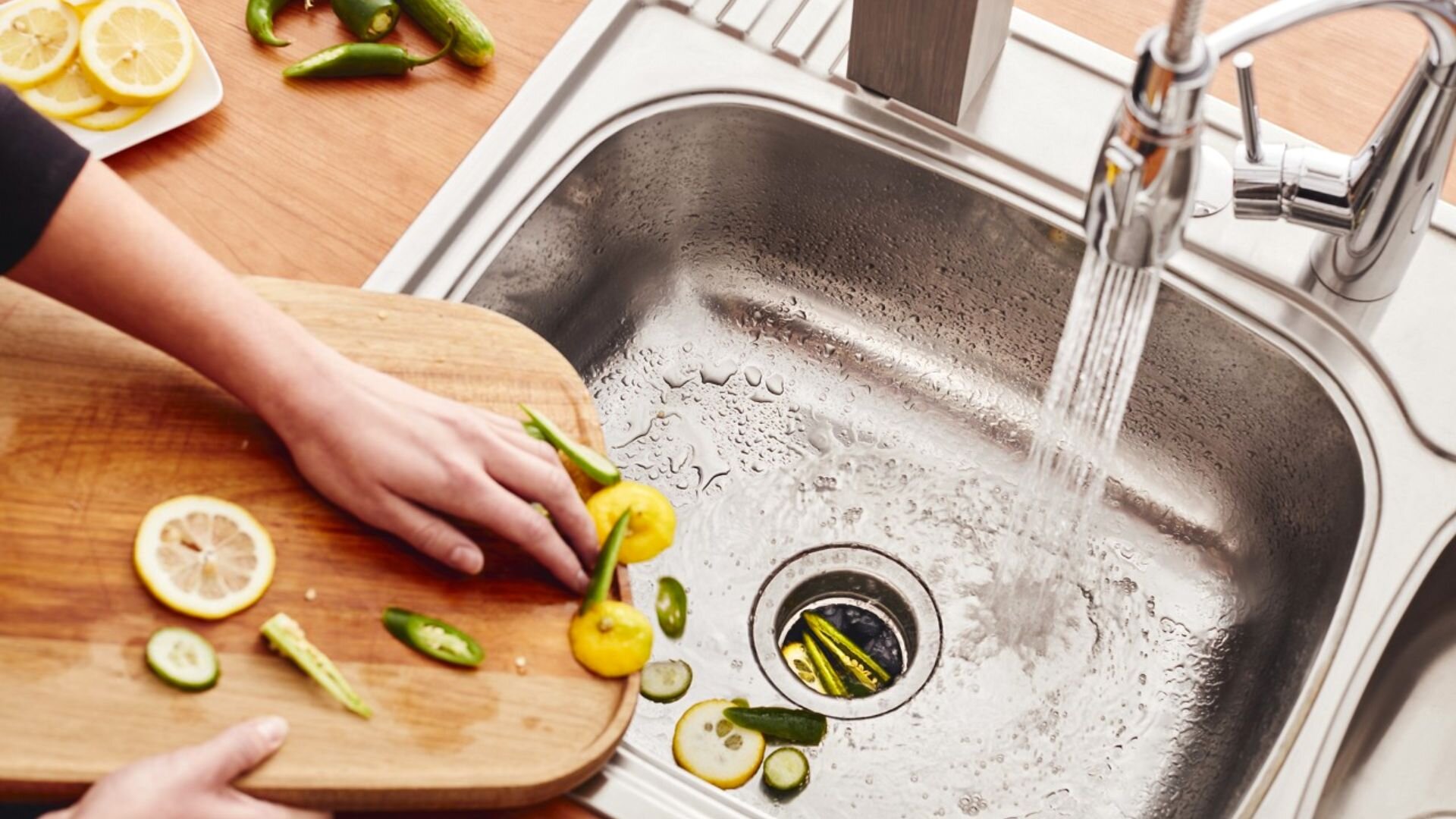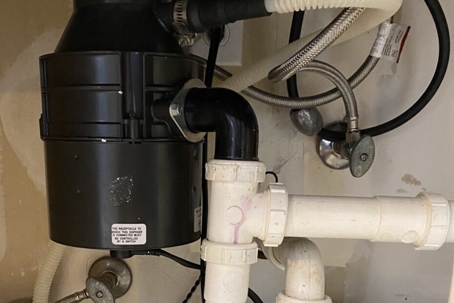An Definitive Guide to Fixing a Leaky Waste Disposal Unit
Book ServiceHere below you can find a lot of worthwhile resources when it comes to Garbage Disposal Leaking From Bottom.

Waste disposal unit are vital kitchen area home appliances that help in throwing away food waste effectively. However, a dripping garbage disposal can be a discouraging and untidy trouble to manage. Fortunately, lots of leakages can be taken care of easily with a couple of straightforward steps. In this short article, we will talk about how to deal with a leaking garbage disposal properly.
Intro
Waste disposal unit are mounted under kitchen sinks and are designed to shred food waste into smaller sized pieces, permitting it to go through the pipes system easily. While these gadgets are normally reputable, leakages can happen with time due to wear and tear, loose links, or damage to the unit.
Step-by-Step Overview to Repairing a Dripping Waste Disposal Unit
Switch off the Power
Before attempting any fixings, guarantee that the power to the garbage disposal unit is shut off to stop the threat of electrical shock.
Locate the Leakage
Recognize the exact area of the leak and establish the cause
Tighten up Links
Utilize a wrench to tighten any type of loose connections between the disposal device and the plumbing system.
Replace Seals or Gaskets
If the leak is because of used seals or gaskets, get rid of the old parts and change them with new ones.
Patching Splits or Openings
For cracks or openings in the disposal device, use epoxy or a suitable patching product to seal the damaged area.
Determining the Source of the Leak
Before attempting to take care of a leaking garbage disposal, it is important to recognize the source of the leak. This can usually be done with aesthetic evaluation or by performing straightforward tests.
Visual Assessment
Inspect the garbage disposal system carefully for any type of indications of water leakage. Pay attention to areas around seals, gaskets, and connection factors.
Testing for Leakages
One means to evaluate for leakages is by running water via the disposal unit and checking for any type of noticeable indications of leakage.
Usual Sources Of Leaks in Garbage Disposals
Worn Seals and Gaskets
Seals and gaskets play a crucial duty in stopping water from leaking out of the garbage disposal. Over time, these components can deteriorate, bring about leakages around the disposal system.
Loose Connections
The links in between the waste disposal unit and the plumbing system can come to be loose gradually, triggering water to leakage out during operation.
Cracks or Openings in the Disposal System
Physical damages to the waste disposal unit, such as cracks or holes in the housing, can likewise cause leakages.
Tools and Products Needed for Repairing a Leaking Garbage Disposal
Before starting the repair service process, collect the necessary devices and products, including a screwdriver, adjustable wrench, plumbing's putty, substitute seals or gaskets, and epoxy or patching material for fixing fractures or holes.
Checking the Garbage Disposal After Repair Service
As soon as the repair work is complete, test the garbage disposal by running water with it to ensure that the leak has actually been settled.
Preventive Upkeep Tips to Prevent Future Leakages
To prevent future leakages, it is vital to perform normal upkeep on your waste disposal unit. This consists of maintaining it tidy, preventing placing non-food products or tough items down the disposal, and regularly looking for leakages or various other concerns.
Final thought
Finally, taking care of a leaking waste disposal unit is a relatively straightforward procedure that can be completed with standard devices and products. By complying with the actions outlined in this post and practicing preventive maintenance, you can maintain your garbage disposal in good working problem and avoid costly repair work in the future.
HERE’S HOW TO FIX YOUR GARBAGE DISPOSAL
WHAT TO DO IF SOMETHING IS STUCK IN YOUR GARBAGE DISPOSAL
If the impeller won’t turn, there’s probably something stuck in the disposal. It could be a steak bone or peach pit, although plumbers report pulling all sorts of inappropriate objects out of disposals, such as bottle caps or aluminum foil. Make sure power to the disposal is off, and look inside to see if you can see the source of the jam.
Never stick your fingers in a disposal. Pull out anything you see with tongs or pliers.
If the disposal still won’t work, it may be time to call a plumber or consider buying a new disposal. GEM Plumbing & Heating is here for all of your garbage disposal needs.
WHAT TO DO IF YOUR GARBAGE DISPOSAL DRAIN IS CLOGGED
Take everything out from underneath your sink and put a bucket or other container under your disposal to catch any water that drains out. Disconnect your disposal from the power supply. If it’s plugged into a wall outlet, unplug it. If it’s hardwired into an electrical box, go to the electrical panel and turn off the breaker for the disposal. Pour ¼ cup of baking soda into the drain, followed by ½ cup of white vinegar. Give the solution a few minutes to fizz and do its work. Look into the disposal with a flashlight to see if you can see an object that might be causing the clog. If you see it, remove it using tongs or pliers. MORE TIPS ON DEALING WITH A CLOGGED GARBAGE DISPOSAL
Never use drain cleaner in a garbage disposal. It can damage the plastic parts inside the disposal. You can also be splashed with the caustic liquid while working to clear the clog. Beware! Never stick your fingers into a garbage disposal. Trust us — not a good idea. In many instances, your dishwasher drains through your garbage disposal. This allows the disposal to grind any large food particles that may be drained out of your dishwasher. There are some jurisdictions, however, where the plumbing code prohibits such a connection. WHAT TO DO WHEN YOUR DISHWASHER DRAINS THROUGH THE DISPOSAL
Run some water in the sink so your plunger has at least a ½-inch of water to create a seal and plunge vigorously up and down several times. You may need to repeat this several times. Run hot water down the drain to clear any residue that remains.

Hopefully you liked our section on Why Is . Many thanks for taking the time to read our short article. For those who enjoyed reading our page kindly make sure you remember to pass it around. Thanks for going through it.
Book A Free Estimate